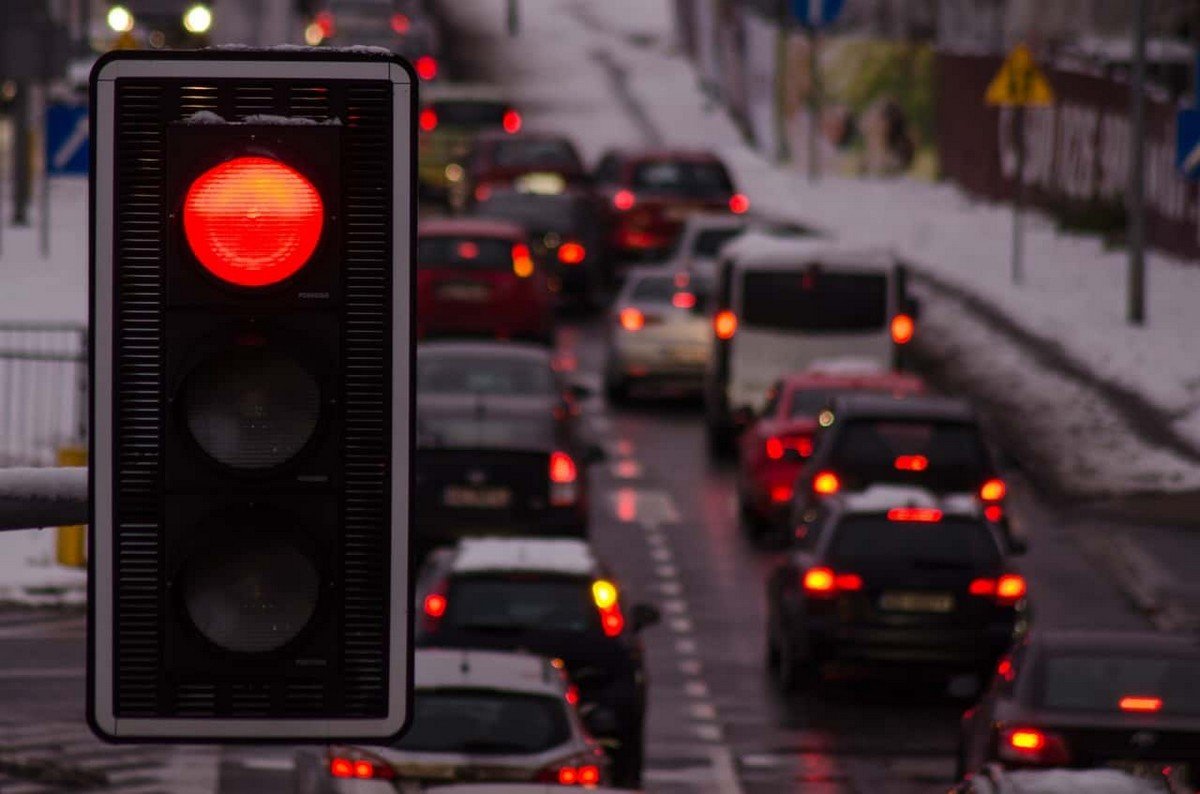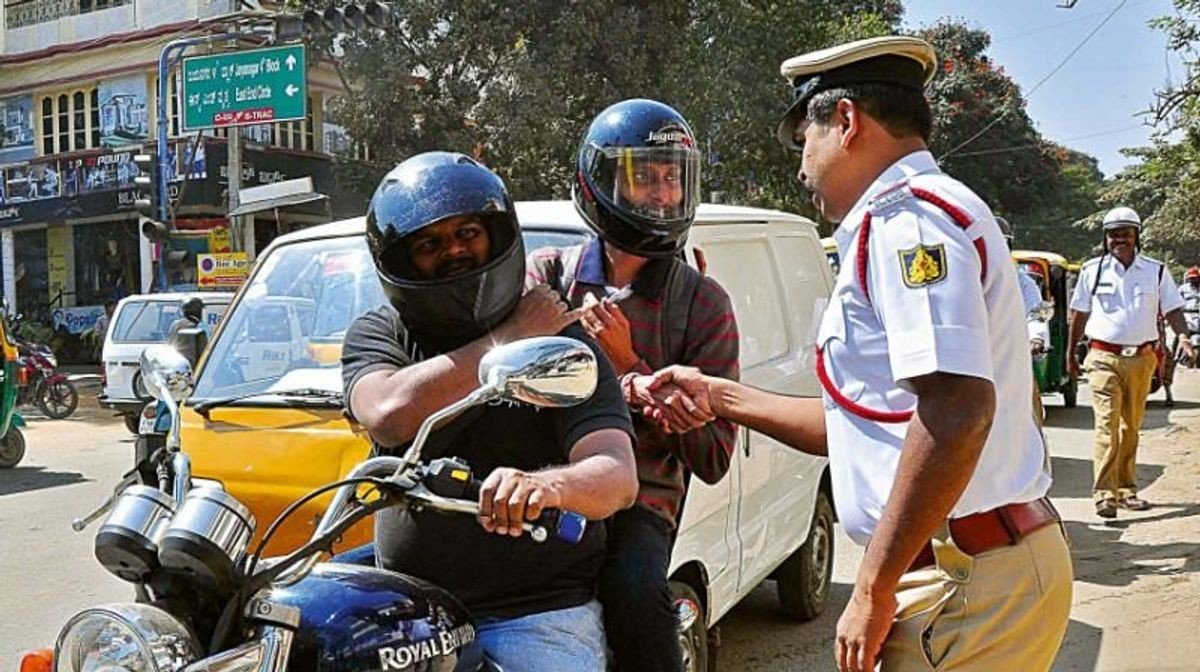Popular Tips
YOU MIGHT BE INTERESTED IN
How much is the fine for signal jumping?
by Vivaan Khatri |
03/10/2020
Signal jumping is among the common traffic law violation. Here are all you need to know about the signal jumping and fine for signal jumping.
- Tag:
- traffic laws











 Follow us on google news
Follow us on google news
